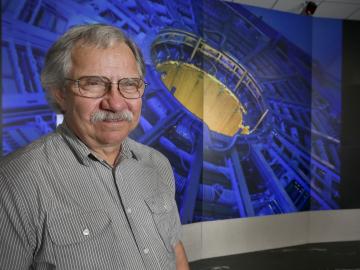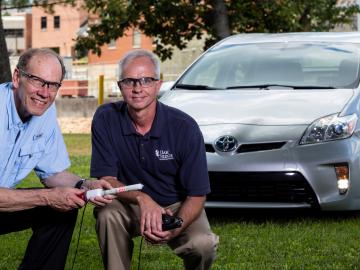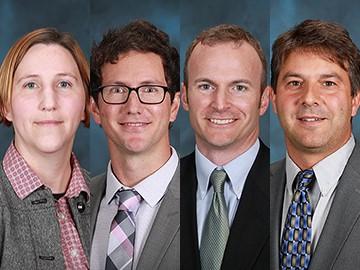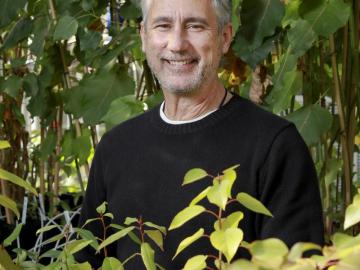
Filter News
Area of Research
News Type
Date
Media Contacts

A team of researchers from Oak Ridge National Laboratory has been awarded nearly $2 million over three years from the Department of Energy to explore the potential of machine learning in revolutionizing scientific data analysis. The Advances in Machine Learning to Improve Scient...

The world’s most powerful particle accelerator, the Large Hadron Collider (LHC), began running at CERN, the European Organization for Nuclear Research, in 2009. The LHC spends most of its time studying the puzzles of high-energy physics. But for one month a year, it, like the Relat...

New mapping methods developed by researchers at the Department of Energy’s Oak Ridge National Laboratory can help urban planners minimize the environmental impacts of cities’ water and energy demands on surrounding stream ecologies. In an analysis published in Pr...

Working backwards has moved Josh Michener’s research far forward as he uses evolution and genetics to engineer microbes for better conversion of plants into biofuels and biochemicals. In his work for the BioEnergy Science Center at ORNL, for instance, “we’ve gotten good at engineering microbes th...

Rice University researchers have learned to manipulate two-dimensional materials to design in defects that enhance the materials’ properties. The Rice lab of theoretical physicist Boris Yakobson and colleagues at the Department of Energy’s Oak Ridge National Laboratory are combi...


Four Oak Ridge National Laboratory researchers specializing in nuclear physics, fusion energy, advanced materials and environmental science are among 59 recipients of Department of Energy’s Office of Science Early Career Research Program awards. The Early Career ...


It’s been 10 years since the US Department of Energy first established a BioEnergy Science Center (BESC) at Oak Ridge National Laboratory (ORNL), and researcher Gerald “Jerry” Tuskan has used that time and the lab’s and center’s resources and tools

After more than a year of operation at the Department of Energy’s (DOE’s) Oak Ridge National Laboratory (ORNL), the COHERENT experiment, using the world’s smallest neutrino detector, has found a big fingerprint of the elusive, electrically neutral particles that interact only weakly with matter.


